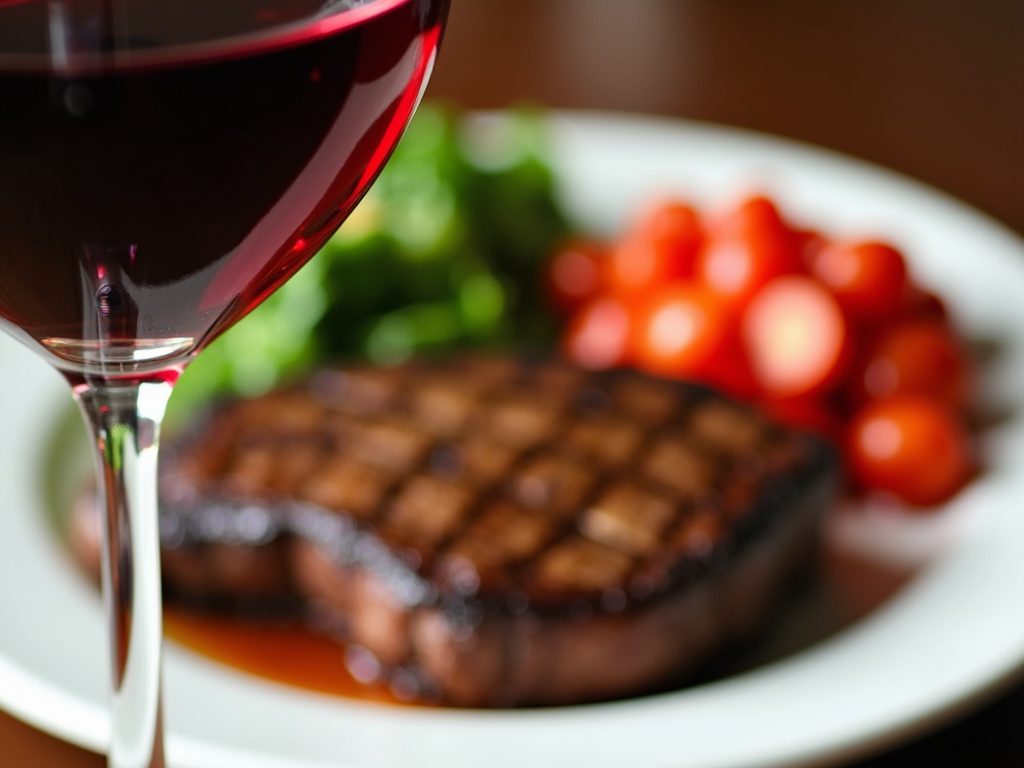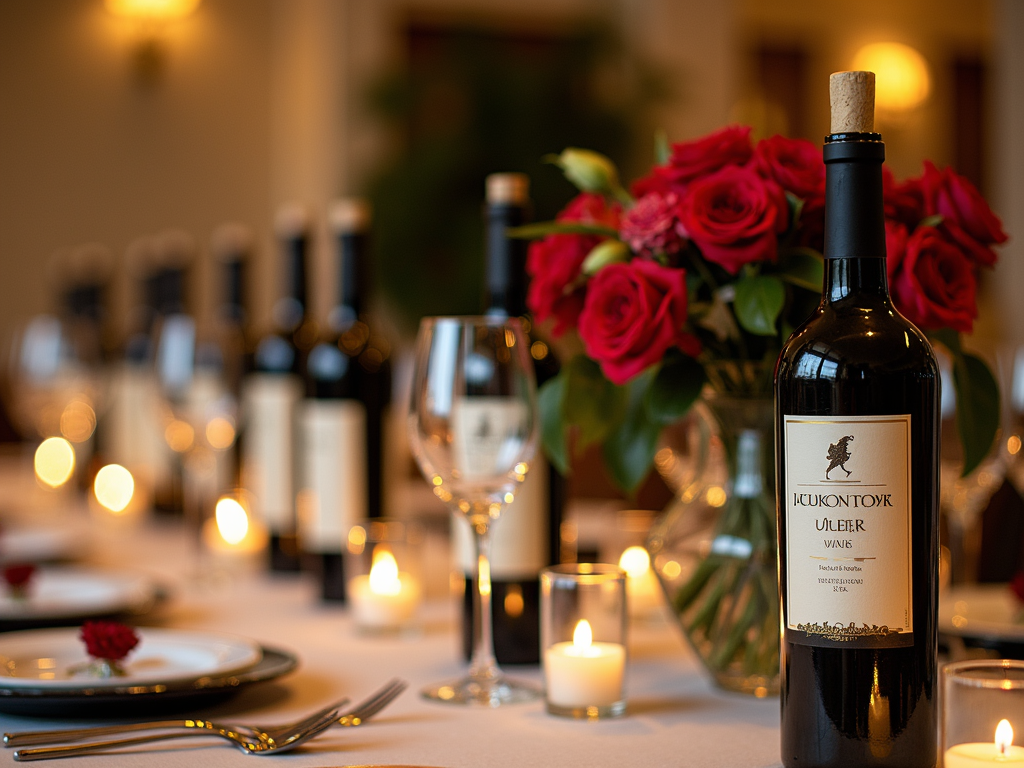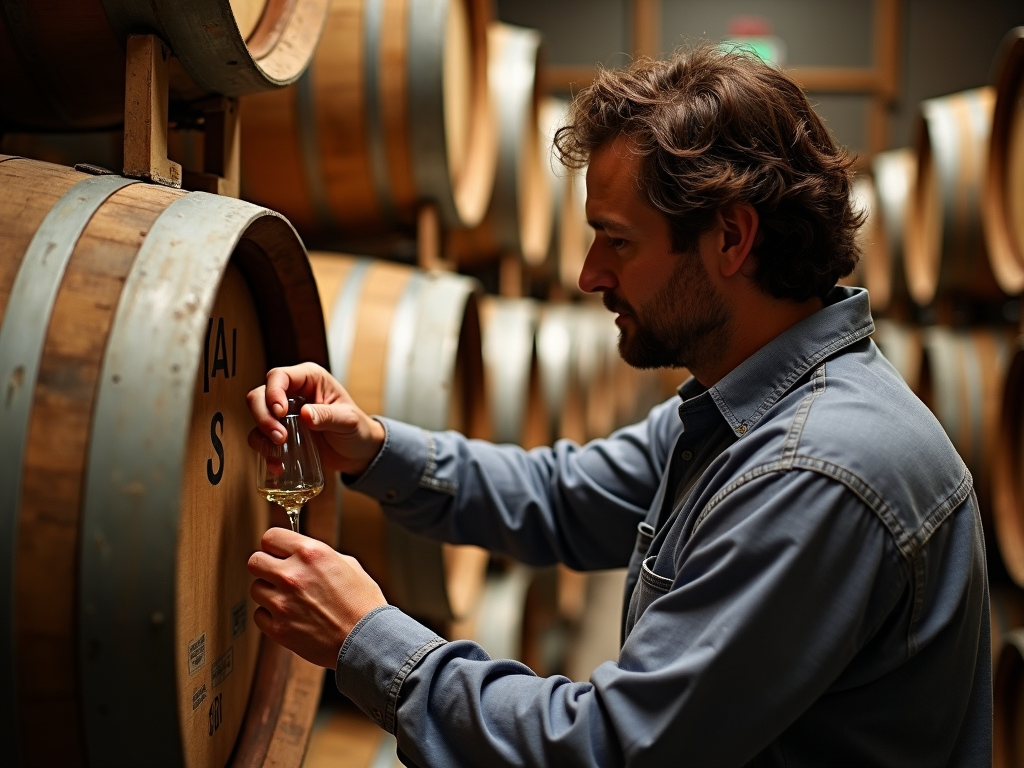Pairing Basics for Wine Lovers
Wine pairing is an art that can elevate your dining experience to new heights. By understanding the basic principles of pairing wine with food, you can create harmonious flavor combinations that delight your palate. In this article, we'll explore the fundamentals of wine pairing and provide tips from wine experts to help you master this skill.

Wine pairing is the practice of matching wine with food in a way that enhances the flavors of both. It's based on the idea that certain wines complement certain foods, creating a more enjoyable dining experience. But wine pairing isn't just about following rules; it's also about experimenting and discovering what works best for your palate.
One of the basic principles of wine pairing is to match the weight of the wine with the weight of the dish. This means that light-bodied wines, such as Pinot Grigio or Sauvignon Blanc, pair well with light dishes like salads or seafood, while full-bodied wines, such as Cabernet Sauvignon or Syrah, pair well with hearty dishes like steak or pasta with meat sauce.

Another important principle is to consider the acidity and tannins in the wine. Acidic wines, such as Riesling or Chianti, can cut through the richness of fatty or oily foods, while tannic wines, such as Bordeaux or Barolo, can help balance the flavors of protein-rich foods like red meat.
When pairing wine with food, it's also important to think about the flavors and aromas in both the wine and the dish. For example, a wine with fruity notes might pair well with a dish that has a fruit-based sauce, while a wine with earthy notes might pair well with a dish that features mushrooms or truffles.

To illustrate these principles, let's take a look at some examples of wine pairings with Jackson Family Wines. Jackson Family Wines is a renowned wine brand that offers a wide range of wines, from crisp whites to bold reds. For a light and refreshing pairing, you might try their La Crema Sonoma Coast Chardonnay with a salad of mixed greens, goat cheese, and citrus vinaigrette. The bright acidity and citrus notes in the wine complement the tangy goat cheese and the fresh flavors of the salad.
For a heartier pairing, you could try their Stonestreet Estate Cabernet Sauvignon with a grilled ribeye steak. The full-bodied wine with its rich fruit flavors and firm tannins stands up well to the bold flavors of the steak, creating a harmonious balance of flavors.

In addition to these basic principles, there are also some tips from wine experts that can help you master the art of wine pairing. One tip is to consider the cooking method when pairing wine with food. For example, grilled or roasted foods often pair well with wines that have a smoky or toasty character, while poached or steamed foods pair well with lighter, more delicate wines.
Another tip is to pay attention to the sauce or seasoning in the dish. A dish with a creamy sauce might pair well with a buttery Chardonnay, while a dish with a spicy sauce might pair well with a slightly sweet Riesling to balance the heat.

Finally, don't be afraid to experiment and trust your own palate. Wine pairing is subjective, and what works for one person might not work for another. The best way to learn about wine pairing is to try different combinations and see what you like best.
In conclusion, wine pairing is a skill that can enhance your dining experience and impress your guests. By understanding the basic principles of wine pairing and experimenting with different combinations, you can create memorable meals that delight your senses.









